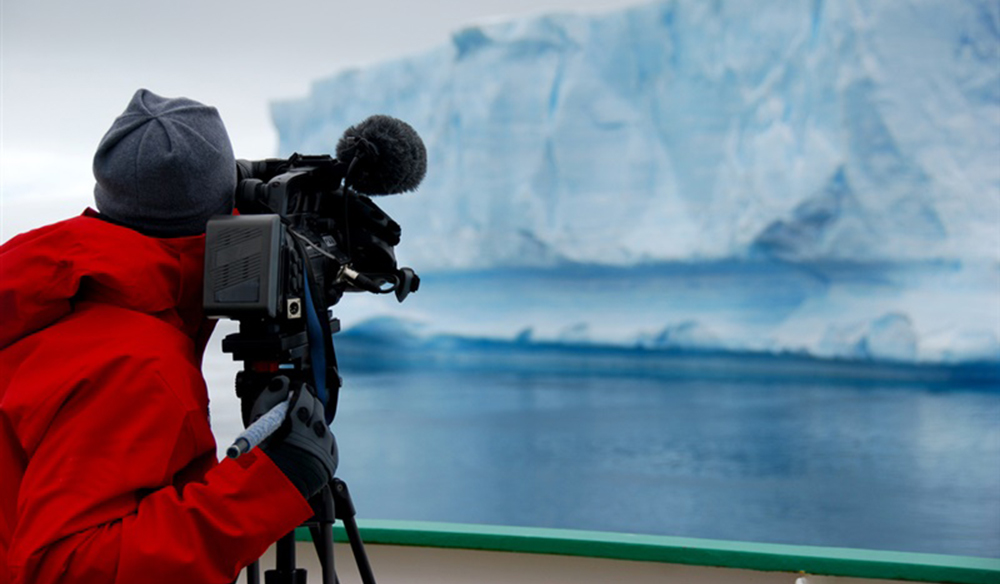Making documentaries is one of the most rewarding and challenging endeavors you can be involved in.
Whether you’re at the beginning of your journey looking for documentary ideas, or you’re in the middle of production seeking videography tips, lighting tips or interviewing tips, or just trying to figure out how to write a script, making documentaries is a wonderful adventure.
Remember… filmmaking is an ART, not a science.
The only way to TRULY learn how to make documentaries is…..
…… to make documentaries.
Here are some basic guidelines to help you in your filmmaking journey.
Key Steps to Making Documentaries:
- Tell a story you care about
Start with a subject that excites you. If you’re lukewarm about the subject matter, chances are, the final movie will be too. Make a documentary you’re passionate about and makes sense to YOU. There will be plenty of people who don’t “get” your idea. But if YOU get it, that’s what counts.
- Research
Learn everything you can about your documentary subject. Sometimes the story lines are obvious, sometimes not. Do a lot of digging and follow leads. This is where you put on your reporter hat. Gather facts and search for leads on interesting characters and story lines. The gems of your story are sometimes buried deep out of sight.
- Make a Plan
Create an outline. Think about HOW you’re going to tell your story. What’s the structure? The style? Is there existing footage or photos that help tell your story or will everything need to be shot brand new? Who is your primary character(s)? What are you core story points? What are the elements of your story that are compelling and/or make you “tingle” with intrigue? How can you create that intrigue for your audience? Is there some existing situation you can film or do you need to create the moment?
- Create a Shot List
This is a list of the footage and interviews you’ll need to make your movie. Think of it as your list of “ingredients”. Depending on the complexity of your project, you may or may not need to create a budget.
A word about interviews. You may be tempted to put a lot of people on your interview wish list. Again, there are no rules because each documentary has its own set of circumstances (maybe there’s a reason to interview 100 people), but in general, it’s hard for an audience to get to know more than 7-8 “characters” within one movie. So even if you interview 100 people, don’t be surprised if you are only able to fit a fraction of them into your movie. Of course, there’s always the Bonus Features section on your DVD. 😉
- Start Shooting
Are you making documentaries for the web, mobile devices, television, theater? Maybe a combination? Keep in mind HOW your movie will be viewed because that can dictate your shooting and storytelling style. (Hint: tiny details off in the distance will not be seen on an iPhone). Make sure when you’re shooting an event to capture a variety of angles including close-ups, medium shots and wide shots.
- Write a Script
Once all of the footage is shot and you’ve gathered the various production elements, time to start organizing it into a script. Pinpoint the most compelling elements of your story and start crafting “mini-scenes” around those events. Remember, a script isn’t necessarily what’s spoken or a voice-over. A script describes what the audience is seeing AND hearing.
- Begin Editing
This is actually one of my favorite parts of the process. It’s like putting together a great big puzzle! First you’ll need to choose your video editing computer and video editing software. Once you’re all set with equipment, you’ll start putting down your clips of footage one right after the other in a sequence. The art with editing is to create a “roller coaster” ride of emotion, some parts fast, some part slow to create a dynamic viewing experience.
- Check Legal and Copyright Issues
Even though this is near the end of the list, it should actually be something you keep in mind from the very beginning and throughout the ENTIRE filmmaking process. I cannot express enough the importance of this section. Please read through these few simple legal guidelines before starting on your project.
- Distribute!
Of course, now that you’ve done all the work making your documentary, you want people to see it, right? Never before have there been so many options for filmmakers to showcase their work. From theaters to television to DVD to the web, a new world of distribution is being invented right in front of our eyes. Making documentaries and showcasing your work is easier than ever.
for the audio tutorial :
source link : https://www.desktop-documentaries.com/making-documentaries.html








Recent Comments